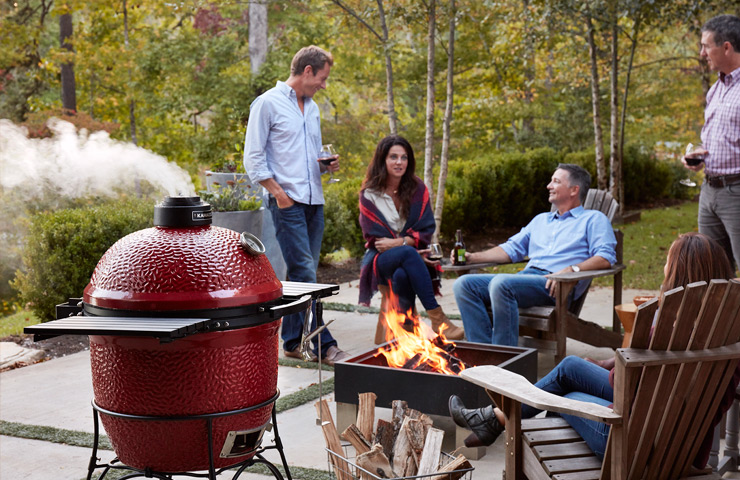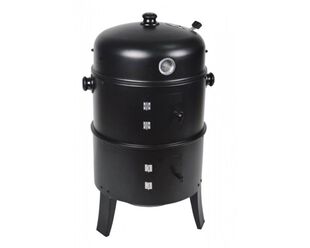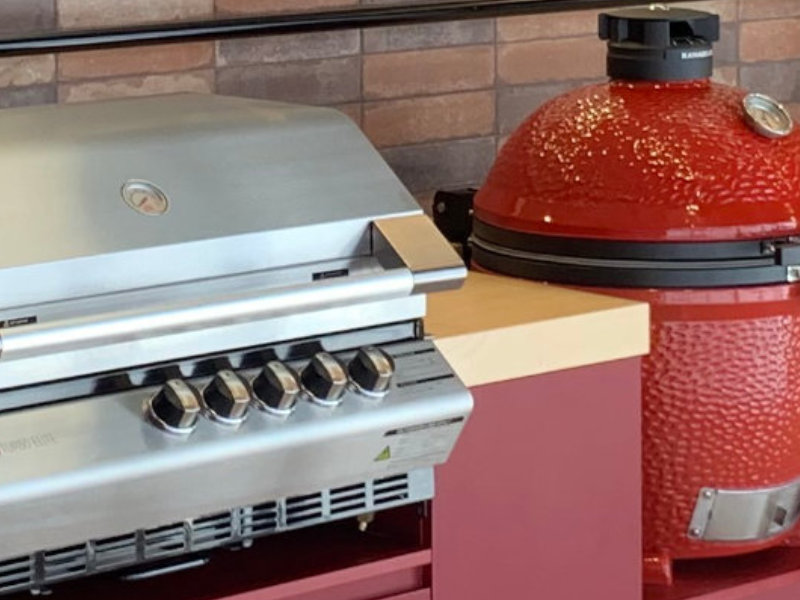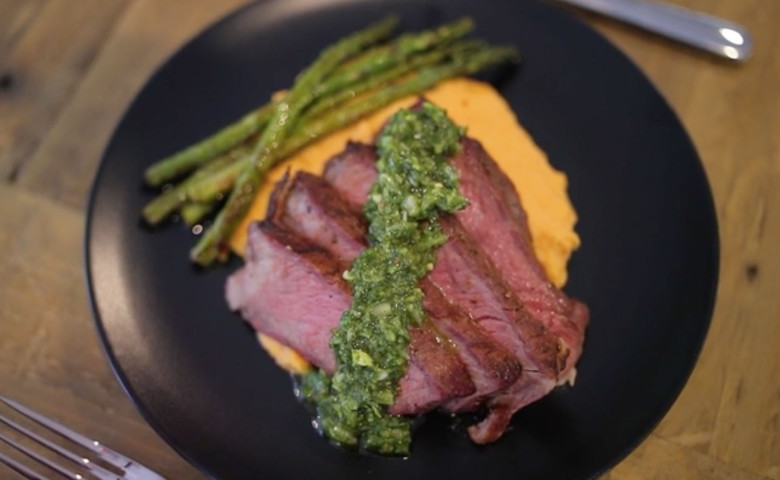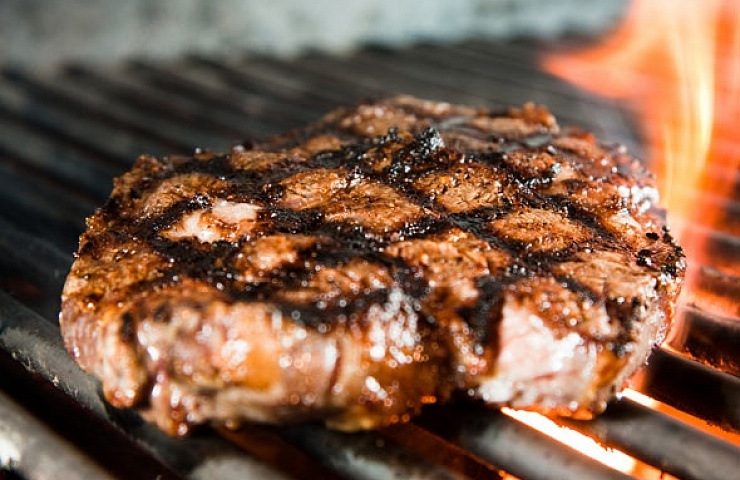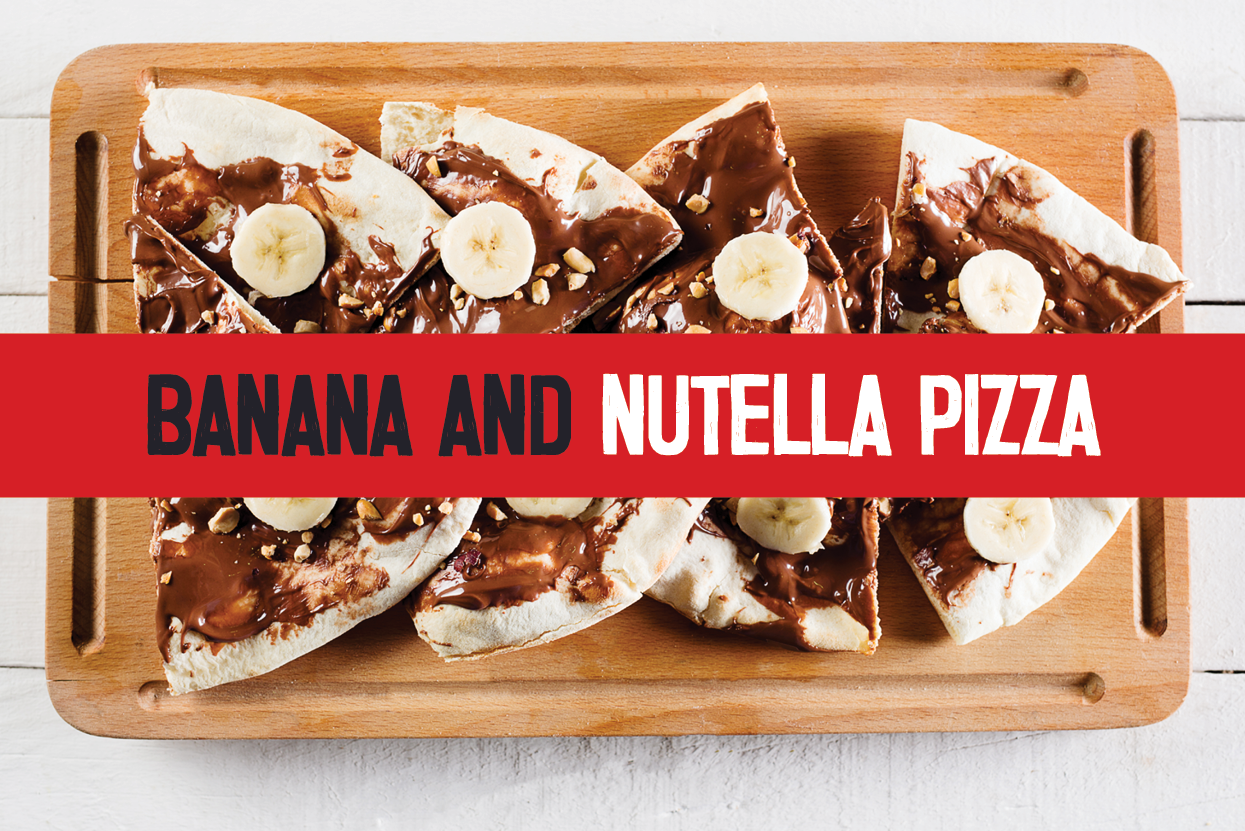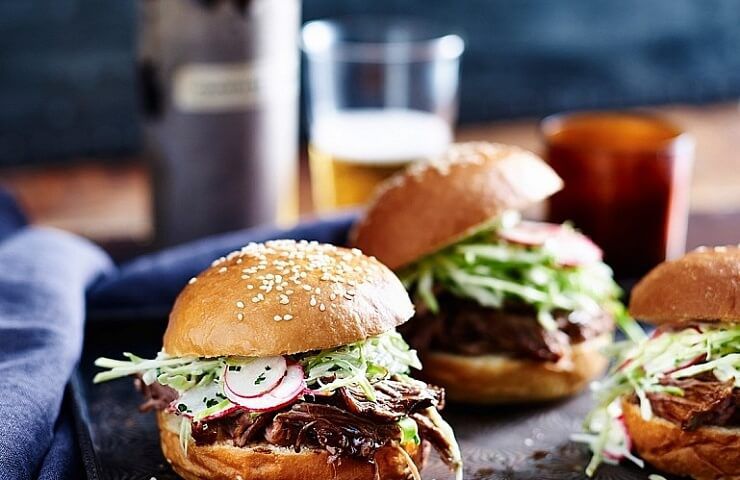To get cracking on becoming an expert smoker, read our frequently asked questions below or watch our introduction to our smokers hosted by Australasian Barbecue Alliance founder Adam Roberts. Adam’s neverfail recipe for perfectly smoked Pulled Lamb will knock the socks off your family and friends at your next low ‘N’ slow session.
FAQ: What’s the difference between a smoker and a BBQ?
Smokers aren’t like the traditional BBQs you’re used to. Instead of putting your food directly onto the grill over direct heat to cook for a short amount of time, smokers use low and slow heat combined with smoke and moisture to infuse food with a smoky flavour when cooking.
The trick is to smoke at a low temp for a long time. The minimum should be 2 hours of smoking at 100-120 degrees to infuse that smoky flavour into your meats. Of course, cooking times will vary depending on the cut and size of meat so our tip is to use a meat thermometer to make sure it’s cooked through.
FAQ: What’s the difference between hot smoking and cold smoking?
It’s important to note that our products are designed to be used for hot smoking only.
Hot smoking refers to a cooking technique that uses both heat and smoke to cook your food. Most popular items to smoke are ribs, brisket, lamb and chicken. Since the meat is served immediately, proteins being hot smoked don’t require curing.
Cold smoking refers to a method of preserving meat to extend its shelf-life without exposing it to heat, usually at temperatures below 30 degrees Celsius. We recommend cold smoking be performed by trained professionals in accordance with food safety standards
FAQ: What is the difference between each type of smoker?
There are basically 3 types of smoker: Charcoal, Gas and Electric.
Charcoal smokers: Unbeatable for smoky flavour but harder to master for first time smokers as the temp is a lot harder to regulate than gas or electric.
Electric smokers: Simple and easy to use. Plug in, set the temp and walk away. The smoky flavour may not be as authentic as a wood smoker.
Gas smokers: Like an electric smoker, the temperature is easy to regulate. Powered by LP Gas, you’ll have to check your tank to make sure you don’t run out of gas half way through a long smoking session.
OR – Simply buy a smoker box and wood chips and convert your existing BBQ into a smoker! To do this, fill the smoker box with wood chips and place directly onto the grill with the burner turned on low. Food is placed on the opposite end of the BBQ with the burner directly under the dish turned off.
FAQ: What smoker styles are available?
There are several versions of BBQ smokers. Vertical (cabinet and bullet), Offset, Kamado Joe and kettle.
Vertical (Bullet; Charcoal): Low cost and easy to use, vertical smokers are great for first timers ProQ Frontier Elite BBQ Smoker V4.
Vertical (Cabinet): Usually gas or electric. Square cabinet-like design with drawers for easy access to the water tray and wood chip box (Bradley/Arrosto).
Offset:
This charcoal smoker has a dedicated firebox offset to the side of the main cooking grill. Heat and smoke are generated in the firebox and pass through the main chamber and out through a ‘chimney’. This style has much more cooking space than box or vertical models. We stock the Texas Smoker (pictured below).
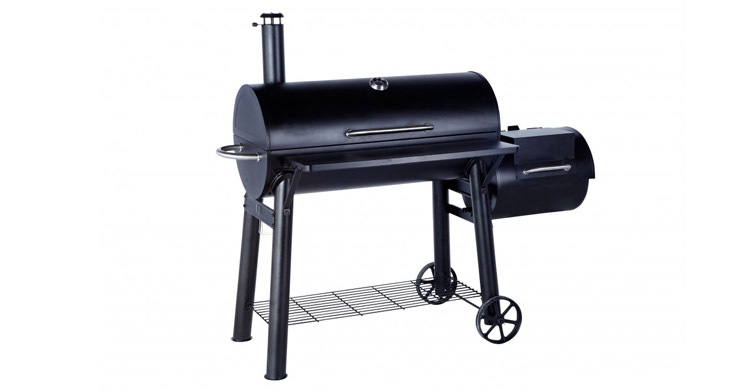
Kamado Joe:
Ceramic smokers are the true “jack of all trades” BBQ. These smokers can be used as grills, hi-temperature ovens, or low and slow smokers. Their thick ceramic walls retain heat better than any other type of smoker while using very little charcoal. Ceramic smokers are easy to use, have better insulation and use less fuel. We stock the Kamado Joe Classic/Dragon range.
Pellet: Trager wood pellet grills
FAQ: Which wood/chips should I use in my smoker?
So you’ve got your smoker and you’re ready to smoke delicious meats at your next barbeque. Next, you’ll need wood. Here’s a handy cheat sheet to make sure you pick the right wood chips, chunks or pellets for the perfect flavour every time!
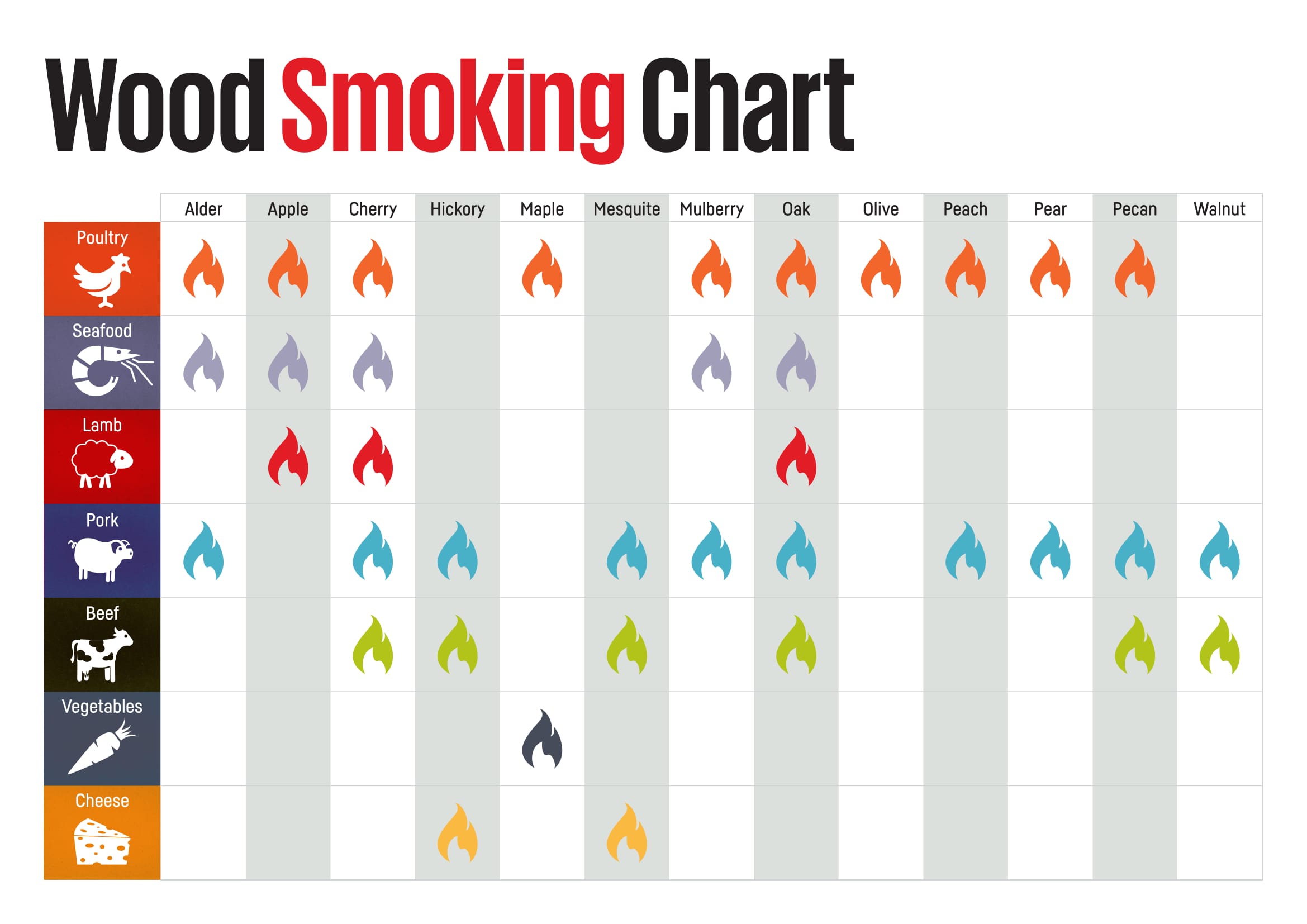
IMPORTANT: SOME WOODS AREN’T SUITABLE FOR SMOKING AND COULD BE POTENTIALLY POISONOUS: PINE, FIR, SPRUCE, REDWOOD, CEDAR, CYPRESS, ELM, EUCALYPTUS, SASSAFRAS, SYCAMORE and LIQUID AMBER SHOULD NEVER BE USED!
FAQ: Which charcoal should I use?
The technical term for charcoal is a ‘porous black residue, consisting of carbon and any remaining ash, obtained by removing water and other constituents from vegetation substances’. There are 3 types of charcoal:
BBQ Briquettes: made from a blend of char and charcoal
Charcoal Briquettes: made by compressing charcoal, typically from sawdust and other wood products
Lump Charcoal: made directly from hardwood material and is the most premium charcoal offer in the market due to its natural and additive free source.
FAQ: Why should I use charcoal?
Using charcoal as a fuel source offers an ‘indirect cooking system’ which is designed to cook larger or tougher foods that would burn if they were grilled directly. The food is placed next to, not directly over the heat, which allows for a slower more even and flavoursome cook.
Check out our new YouTube videos below:
